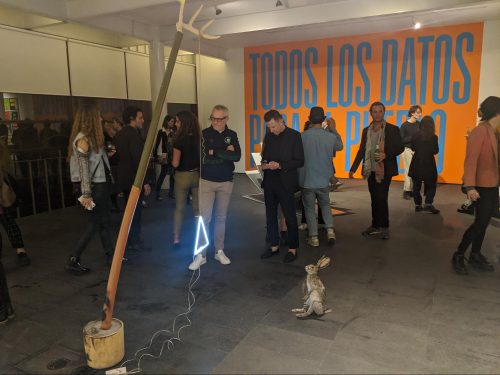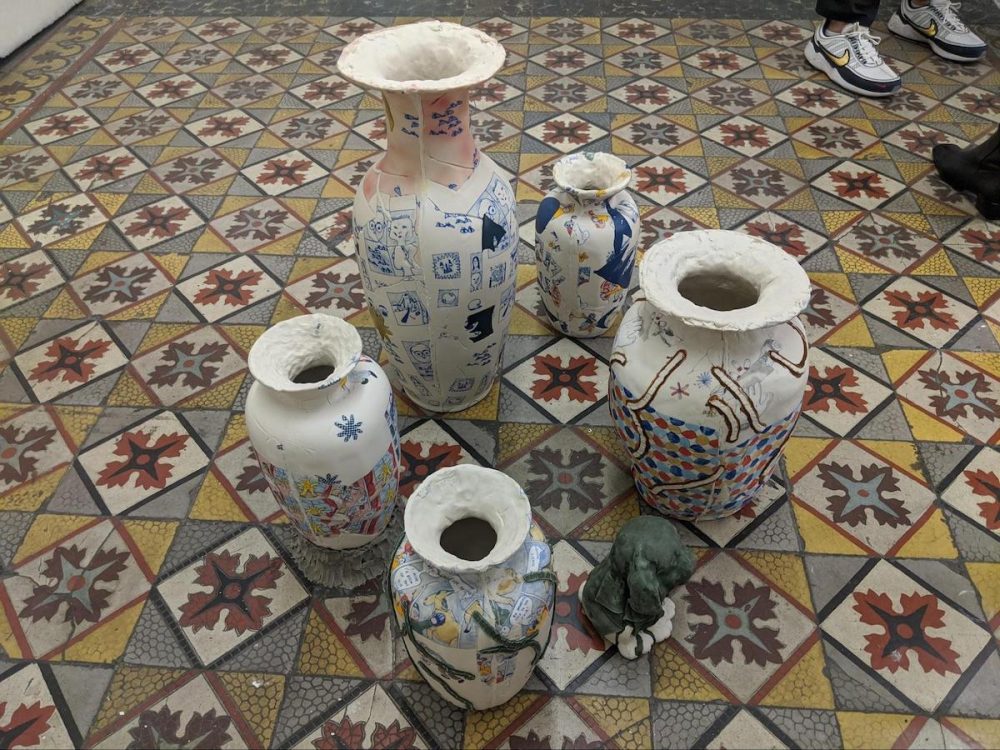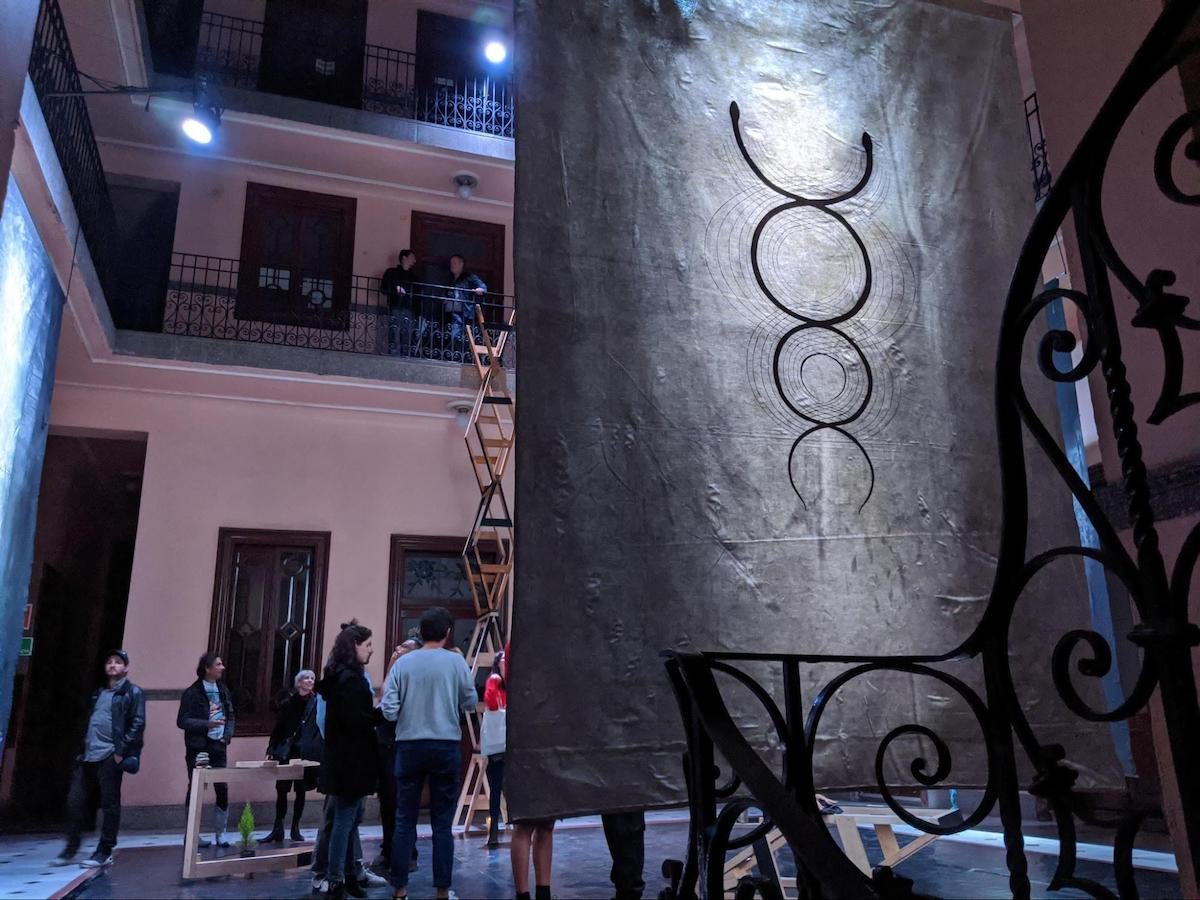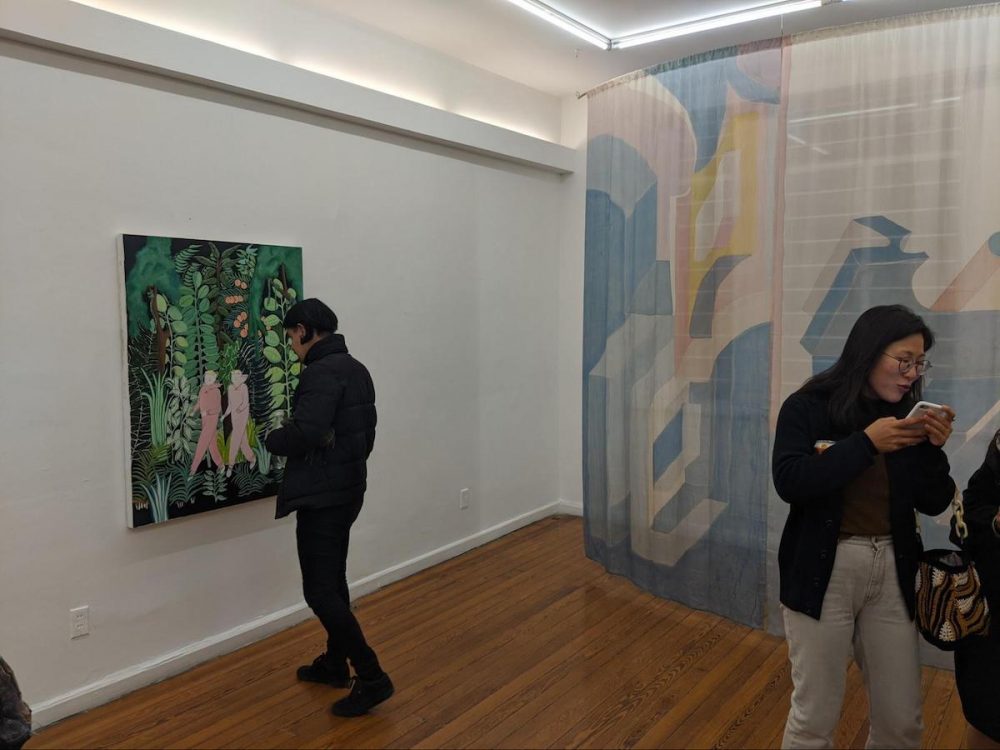We’re in Mexico City for Latin America’s biggest week of art fairs. Zona MACO, Material, and a handful of other satellite fairs open later in the week, but I’m here early to check out what’s on in the city’s brick-and-mortar gallery spaces, pop-ups, and institutions.
A lot of people who have never been to the Mexican fairs ask me to compare this week to Art Basel Miami Beach and the hubbub surrounding it. Here’s some background: Both fairs launched in 2002 to capitalize on Latin America’s appetite for contemporary art, and usually host an international array of galleries, representing between 25 and 30 countries. Last year, Zona MACO brought in over 62,000 visitors compared to ABMB’s 81,000. Although they’re similar on paper, MACO is a smaller fair in a much larger city—which is really what makes this week feel different.
To put things in perspective, my delegación (one of 16 just in Mexico City proper, and by far not the biggest) has a larger population than all of Miami. While Basel completely overwhelms Miami Beach and dominates basically every aspect of the city’s cultural life for a week, the Mexican art fairs kinda just feel like a drop in the enormous bucket that is Mexico City. There are actually several “art weeks” here, but this one tends to draw the most international visitors. That being said, I’ve noticed that for the past few years Zona MACO has felt a little eclipsed by all of the satellite events in its orbit.
This city has so many galleries, museums, and various other cultural venues that it’s quite literally impossible to see everything. That overwhelming feeling of FOMO can be intensified in weeks like this, when Mexico City’s vibrant gallery scene offers countless competing openings, performances, and pop-ups around town. With this in mind, I’m trying to see as much as I can and report back—hopefully helping visitors who are in town for just a few days triage what they really want to see.
Monday night, I hit up half a dozen openings of shows that will be up throughout the week, mostly clustered around Centro and San Rafael—two neighborhoods walkable from Material Art Fair, which opens Thursday.













